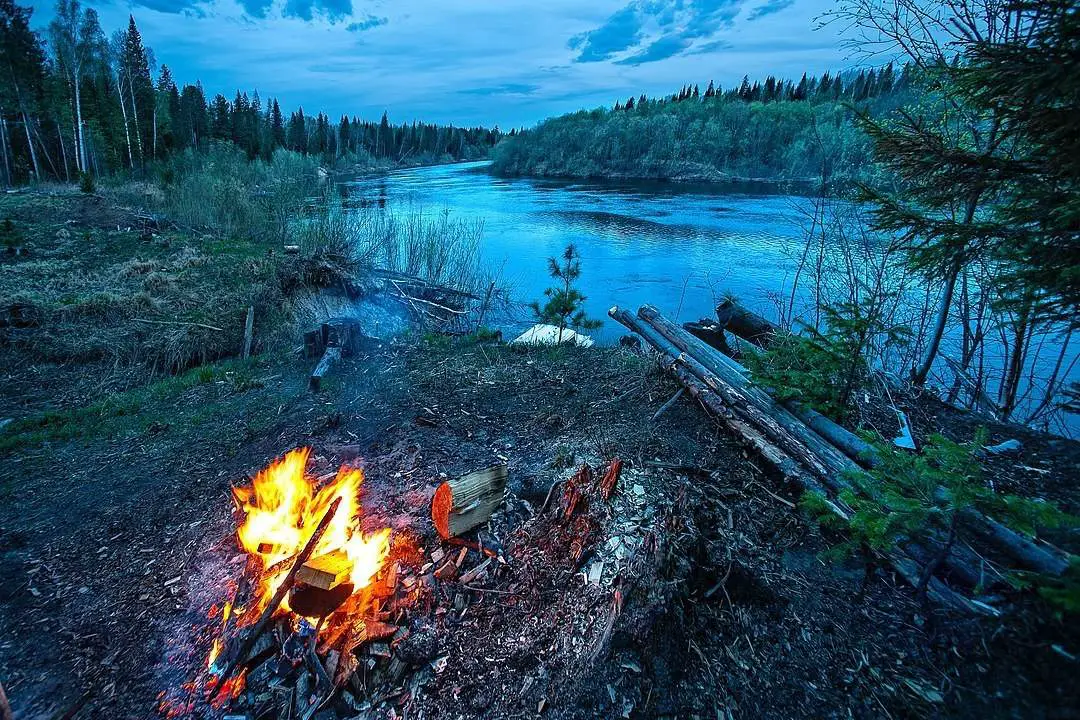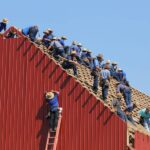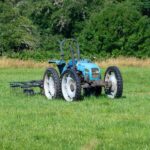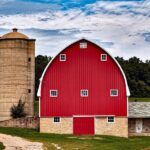Table of Contents
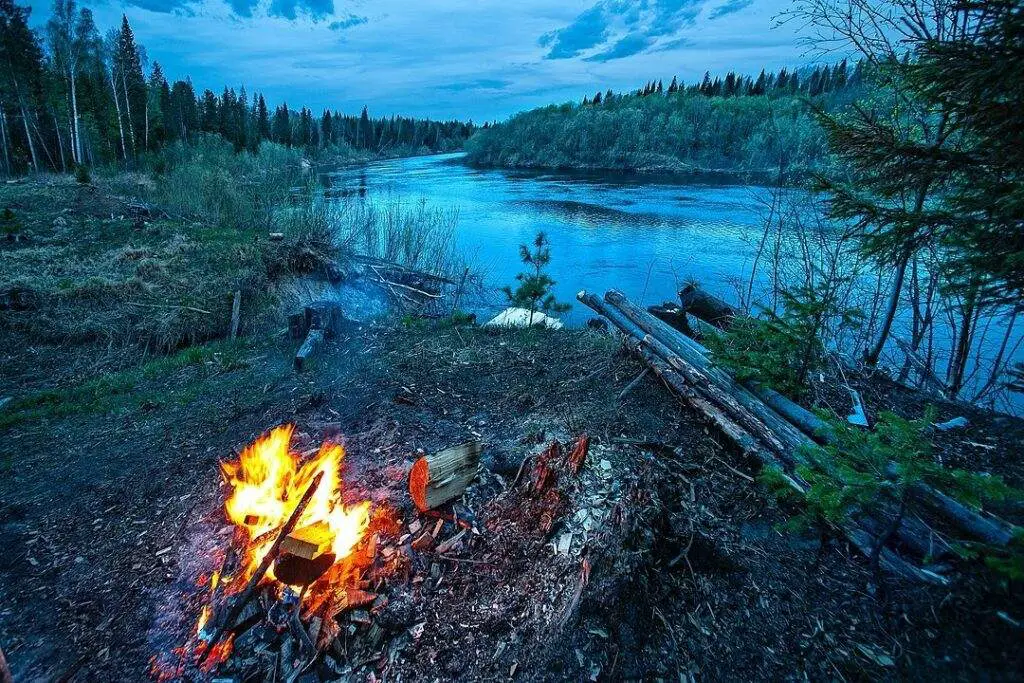
Unless you live under a rock, mostly everyone has heard of doomsday prepping, and it’s not just a fad. In this crazy world, anything can happen.
It’s better to prepare for the worst in case things go upside down and you aren’t equipped with the essentials to survive.
So, here’s a guide for those who are just beginning to prep for the worst possible scenario, like a natural disaster or a terrorist attack.
Why Is It Necessary to Prep?
As we’ve seen with Hurricane Katrina, Harvey, and numerous others, natural disasters wreak havoc on local government infrastructures and resources. Many people were without water, gas, and electricity for weeks.
Rebuilding efforts were slow, and many people lost everything. Emergencies could also include a layoff from work, civil disorder, the total collapse of society, or a medical epidemic.
Some problems are worse than others, but preparing for every possible event is critical. Losing your job may seem low in severity, but what if you can’t find another job? Food lines will be a reality, so be sure to stockpile essential food items.
Otherwise, you will go without food until emergency resources reach your community. Therefore, you must prep for incidents like this to ensure your loved ones’ safety. Some of the essential elements of prepping include:
Prepare to leave your house on short notice
- Get your home, animals, and property steady to be self-reliant for at least two weeks.
- Store and keep food that has a long expiration date (canned food)
- Plan and practice with the family the exact steps you’ll go through in the event of a disaster.
- Spread the word to your neighbors, families, and friends, and recruit other families to help prepare multiple locations. That way, there is always a place to go whenever an emergency occurs.
- Have a self-defense weapon on hand to keep you and your family safe if you happen to find yourself in an aggressive.
Be prepared for emergency incidents when you’re not home.
Start small and then grow your stockpile over time. Don’t expect to do it all at once unless you have the resources.
If your budget is tight, start with one item at a time, beginning with the most critical resources. You can start by getting a weaponry bag to protect yourself in the apocalypse.
The weaponry bag contains scissors, a utility knife, a holster, and a handsaw.
Besides food, one of the crucial items would be clothing. You should have an adequate amount of clothes for each season.
Although thinking of doomsday can be frustrating, it’s better to be prepared for every possible situation.
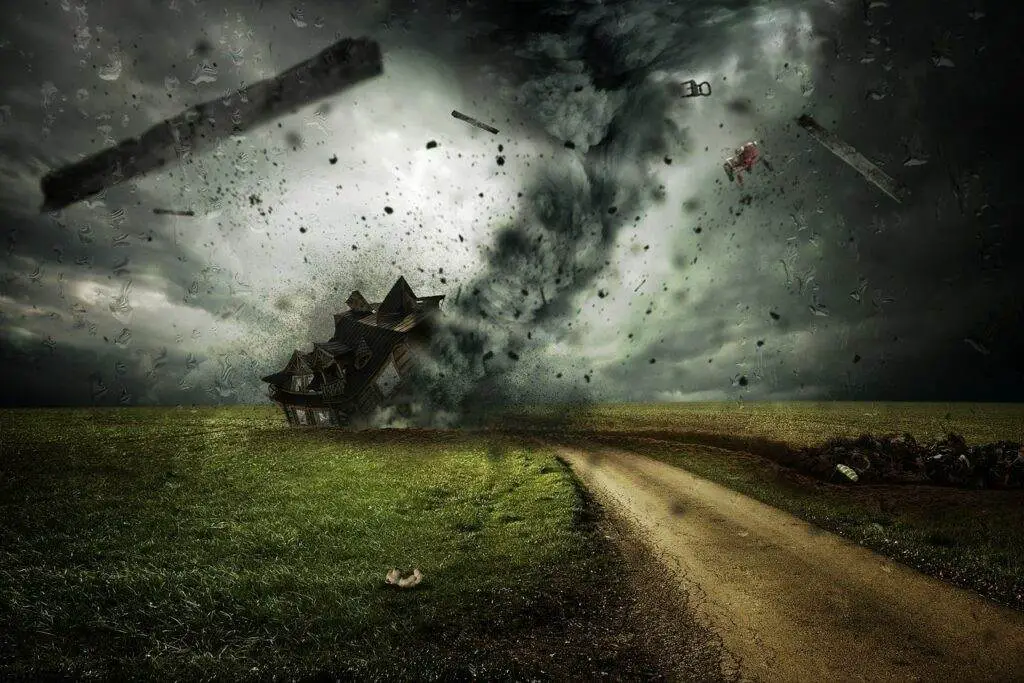
Water
Storing enough water for your family is important for survival, especially when you’re cut off from civilization.
Each person needs approximately one gallon of water every day for drinking and washing. There’s a wide variety of storage containers for water available today.
There are large tanks for collecting rainwater and small options that easily fit in your kitchen. Initially, use a smaller container, but if you have plans for long-term storage, there are many off-grid solutions for water sources.
Some of the primary sources of water include:
- Well
- Pond
- Rainwater Collection System
- Creek
- Water Hauling Tanks or Cistern
If you’re doubtful about the purity of the water supply, use a portable filter. There are various ways to treat water, such as water filters or purification drops, and tablets.
Food Supply
Building a stockpile of food can last you longer in the survival journey. Calculate how much food your family needs for two weeks and fetch it.
There are several things to consider when starting a food supply. The first thing to consider is the shelf-life of the food you’re storing.
Obviously, you never know when you’ll be consuming the food. An emergency event could happen next week or in two years. Therefore, foods with quick expiry are unsuitable, and fresh fruits and vegetables are not an intelligent choice.
Canned foods are excellent, and some places sell Meals Ready to Eat (MREs) and packaged foods that last for years. Also, there is a variety of emergency food in the market, like rice dishes, stews, and casseroles.
Many preppers like to supplement their food supply with delicious frozen foods for variety. Prices vary as they range from everyday food items to gourmet meals.
For preppers, food dehydrators are kitchen tools that allow you to prepare your own dehydrated foods. Also, it’s less expensive.
A prepper can look into generating sustainable food and having an emergency stockpile of food.
Growing your food supply is critical for off-grid living or tackling a catastrophic incident. Further, having renewable sources of food helps family and friends in the event of a food drought.
So, how much food do you need to store? Take your weight (in pounds) and multiply that by 15.
This number represents the total amount of calories that you consume daily. You can break it down even further to figure out how much protein, fat, and carbohydrates you need daily. Check out the calorie calculator.
Communication
- Ham Radio: If you love building stuff and electronics, then you might have one. The best part is that you can set up a ham radio anywhere across the world to connect with each other within towns, cities, or even spaces. It works without the internet or cell phones. Sounds interesting, that’s why it is a great choice for preppers.
- Walkie-Talkie: They are famous communication equipment. It works on a predefined single frequency only that is emitted from one device and received by another. It runs on batteries, and if you want to talk, you need to push and hold the “push to talk” button. The components included are common for both loudspeakers and microphones.
- Emergency Radio: They work best for the one who’s cut off from the outside world. It is a small AM/FM radio having weather tuning features that are extremely useful when no other option is left. An emergency radio will keep you updated about what’s going on around the world.
Home Checklist for Doomsday Prepping Beginners
Besides the two main necessities of food and water, there are other essential supplies that you need.
- A well-stocked first-aid kit – Vaseline, blood clotting sponge, nail clippers, tweezers, and medicine
- Fire – Matches, lighters, and a fire starter as a backup source
- Heat – Blankets and clothing, as well as survival blankets and propane heaters
- Light – Battery-powered or crank lanterns and flashlights, candles
- Hygiene items – Soap, baby wipes, hand sanitizer, feminine hygiene, oral hygiene, razor blades, toilet paper
- Cash – As much cash as you can afford to hide away, preferably small bills
- Communication – Flares, whistles, a solar-powered or crank-powered NOAA radio
- Self-defense tools – Firearms and ammunition, knives, snares, traps, bow and arrows, camouflage
- Tools – Work gloves, axe, wrench, sewing kit, duct tape, zip ties, rechargeable batteries, saws, pliers, and more
- Documents – Birth certificates for your whole family, copies of deeds and titles, insurance policies, maps, and other important paperwork
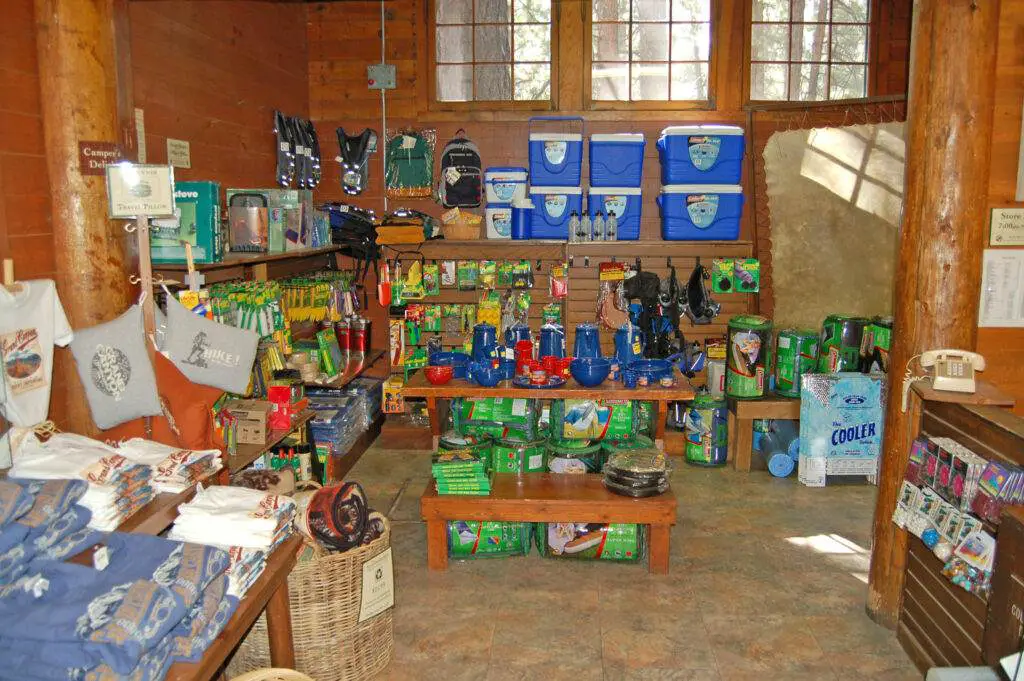
Doomsday prepping isn’t limited to the nuclear annihilation of the world. Instead, It’s also applicable to emergencies, natural disasters, or anything that would disrupt society and the distribution of community resources. Also, remember to keep your doomsday kit away from home or in the basement.
The majority of the preppers are ordinary people who are smart enough to plan for the inevitable in advance.
Stockpile essential items for survival. Include some non-essential comfort and games to make roughing it easier. Pile up your doomsday prep kit slowly from nearby stores and supermarkets with continuous learning from experts and the internet.
Next time a hurricane devastates your community, your family will be well taken care of, and you’ll see it was worth the effort!

